AMAZON multi-meters discounts AMAZON oscilloscope discounts
INDUSTRIAL electronics servicing has many things in common with regular communications and radio-TV servicing. But there are also some very important differences. If you service a TV set or a radio and the set subsequently conks out, it becomes merely a recall. This will cause a certain amount of annoyance to the customer, and it may cost you your profit. Too many recalls is poor public relations, and will reflect on the business. But in industry you may never get the chance for a recall.
An industry uses electronic equipment in its processes when it is a necessity, a time and money saver, or a safety device which is depended on. The equipment will often be rugged and reliable to begin with. When it becomes defective, it is likely to hold up production. Thus speed is essential in practically all cases. The technician who gets four or five pieces of equipment behind in his work may cause a substantial loss in production which will hurt the manufacturer where he is most vulnerable. He will take a dim view of repeated failures. Reliability and quality of workmanship must be especially high in servicing industrial equipment. If a particular unit is used in many places in a plant, it is practical to have at least one spare on hand which can be substituted rapidly, so that production can he resumed almost immediately. Unless the equipment is extremely bulky, heavy or expensive, this is a worth while investment.
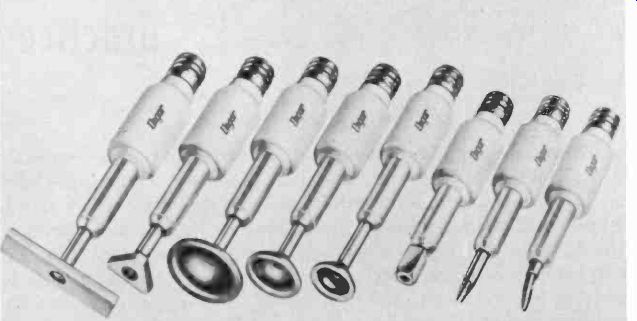
Fig. 1201. The special tips of the desoldering kits are useful for printed-circuit
repairs. (Ungar Electric Tools. Inc.)
Instruments and tools
Tools in industrial electronic servicing will not differ much from those used now, except that you may have to have some special ones for relay adjustments; also the range of sizes of wrenches and pliers may need to be a little greater. A set of box and socket wrenches is often needed to handle the bolts on the special enclosures used in industry.
Actually the array of tools and instruments needed will differ from place to place and whether you are permanently attached to some industrial company as their technician or are an independent service technician. The company employee soon knows the requirements of his instruments, while the latter must be prepared for almost anything.
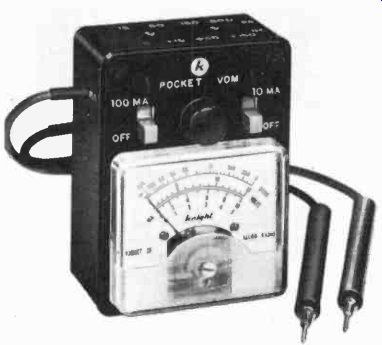
Fig. 1202. Small and inexpensive instruments of the kit type have limitations
but are useful in industrial work. (Allied Radio Corp.)
Devices which include printed circuits, as for example electronic counters, will require appropriate soldering tools. These will include a low wattage soldering iron and a small wire brush, for replacing parts on printed -circuit boards. Special kits are marketed for printed -circuit desoldering (Fig. 1201). To remove sockets without damaging the circuit board, such tools are very handy to have, but the removal of sockets is also a relatively rare event. Not as rare as in radio and TV servicing, however, since in industry the chance of severe vibration is much greater, and fatigue in small metal parts, such as socket prongs, can occasionally occur. A set of cleaning solvents, protective insulating varnishes, phenolic cement and similar service aids are also needed.
Choice of instruments will depend for the most part on the type of industrial equipment with which you will be involved.
The volt-ohmmeter is going to be one of your most constant companions. Volt-ohmmeters vary all the way from the inexpensive and somewhat limited kit type instrument (Fig. 1202) to the more expensive and more sensitive test instrument of Fig. 1203. The first may have resistance as low as 1,000 ohms per volt and will do well enough for approximate measurements on low-impedance circuits, while the latter will be able to do almost any measuring job on electronics circuits without seriously loading the circuit with its 100,000 ohms-per-volt resistance.
Probably your VOM will not be able to do all the jobs that need be done in industry, although there are many ways of extending and improving the versatility of the meter. Ac current ranges are not included on most volt-ohmmeters. Many other jobs will be more adequately handled by separate meters. For example, a set of meters with interchangeable scales (Fig. 1204) allowing a single basic movement could be used with a number of scales. An assortment of movements and scales for different ranges will be a useful thing to have on hand.
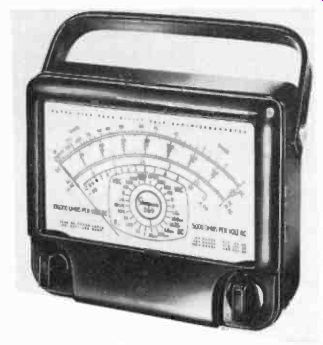
Fig. 1203. The 100,000 -ohms per -volt sensitivity of this instrument
allows it to be used for tests that would normally require a vtvm. (Simpson
Electric Co.)

Fig. 1204. Handy for laboratory and bench test setups, the inter changeable
units are useful in industrial electronics servicing. (Triplett Electrical
Instrument Co.)
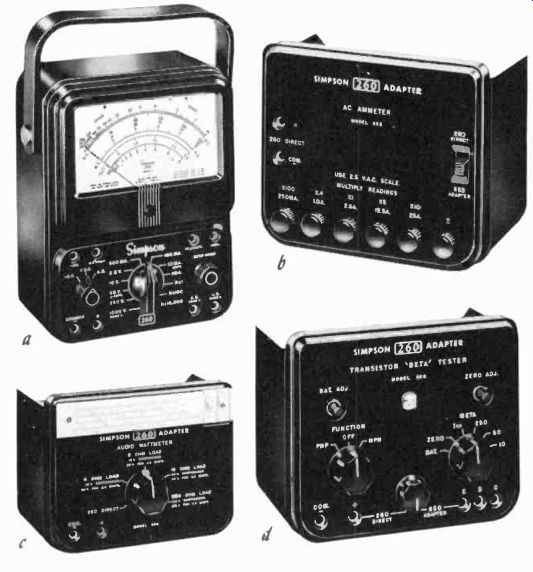
Fig. 1205. The VOM (a) is used as an ac ammeter with adapter (b), audio
wattmeter (c) and transistor beta tester (d). Similar adapters are available
for temperature, microvolt and battery tests. Another unit converts the
VOM to a vtvm. (Simpson Electric Co.)
A unique approach to the meter problem, and one which would seem to offer a number of advantages in an industrial situation, is the Add -adapter group manufactured by Simpson (Fig. 1205, on pages 275 and 276.) These adapters are used with the model 260 or 270 volt -ohmmeters, and adapt them to the functions of an audio wattmeter, battery tester, ac ammeter, dc vtvm, temperature tester, transistor tester and microvolt attenuator. This is a good selection of instruments, and in service work it is not likely that you will need these instruments simultaneously since they cover radically different measurements.

Fig. 1205. (continued) . Temperature tester adapter (e) uses thermistors
as sensitive elements. The microvolt attenuator (f) supplies calibrated
test voltages. The vtvm adapter (g) makes the VOM into a sensitive vtvm
with more than 10 megohms input resistance. The battery tester (h) adapter
for the VOM makes the latter into an instrument for testing all batteries,
important with the increased use of transistors. (Simpson Electric Co.)
The audio wattmeter provides the load resistors needed in wattage measurements and, in addition, the case carries a slide rule to convert meter readings of the 50-µa current scale of the VOM to wattage for the load resistor used. The battery tester also provides appropriate load resistors for testing A -and B -batteries, and the relative reading can be converted by a slide rule attached to the case to a rating of the battery condition as good, weak or bad. The ac ammeter unit is a transformer which the 2.5 -volt ac scale converts. With it you can read from 250 ma ac to 25 amperes in six ranges.
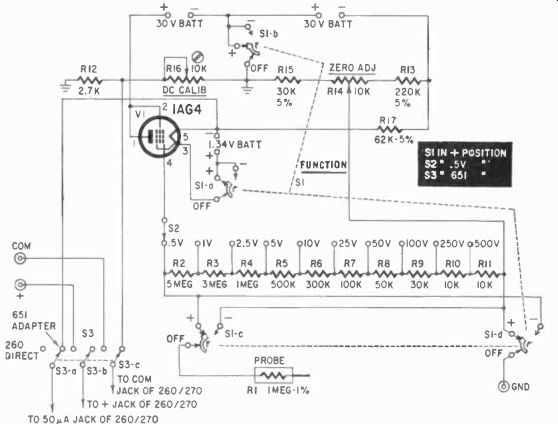
Fig. 1206. Schematic of vtvm adapter shows single tube and switching circuit
that allow VOM operation without removing adapter.
The vtvm adapter is a battery-powered unit using a 1 AG4 tube.
The complete schematic is shown in Fig. 1206. Input resistance is 10 megohms. The 50 -volt range of the VOM is used for this unit.
The dc and ac microvolt attenuator is an entirely new concept in instrumentation. It provides an accurate very low-voltage source from dc through the audio range by the precision attenuation from a convenient source which can readily be measured with the VOM. Input can be from 2.5 to 33 volts, output can be as low as 25 my. This is handy to provide a calibrated input signal when making adjustments and tests on amplifying or recording equipment.
The temperature adapter converts thermistor resistance readings to temperature, and is equipped to read three ranges of thermistors. Computations are made with a built-in slide rule.
Last but not least, the transistor tester adapter is a battery-powered unit which provides all the circuitry to make beta and collector-current tests on transistors up to 100 ma. Power transistors cannot be directly checked with it.
In a plant where temperature calibrations must be made regularly, you would expect to have the use of a direct temperature meter such as Fig. 1207. Designed to use thermocouples, it consequently has a low-millivolt type meter movement. A reference junction is built into the meter.
Similarly if you expect to check tubes weekly, a good commercial tube checker (Fig. 1208) is a must. Even at that, it will probably not allow you to check some of the larger industrial power tubes. These are usually built into equipment provided with meters or metering jacks so that their performance can be checked in place ( Section 3).
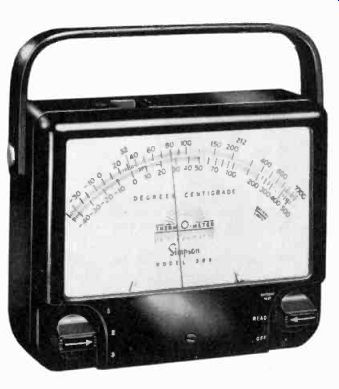
Fig. 1207. This millivoltmeter is calibrated for direct readings of Fahrenheit
and Centigrade temperature measurements with the proper thermocouple. (Simpson
Electric Co.)
Electronics circuitry will often demand the use of meters with very high input impedance, in which case we must turn to the vtvm. These again come in all ranges of accuracy and price, from the less expensive but quite high -quality general-purpose service instrument of Fig. 1209 to the laboratory instrument shown in Fig. 1210. When the job requires an accuracy beyond the customary gross limits, the more accurate instruments must be used. Not many jobs in industry require such instruments, but those that do will permit little compromise.
The oscilloscope with which you must be familiar, will be high on the list of required instruments. Again, different jobs will demand different scopes, and there are almost as many oscilloscopes as there are drops in a bucket. The kit type instruments (Fig. 1211-a) will adequately handle most of the industrial servicing you may encounter, but occasionally the faster rise time of the more expensive laboratory scope (Fig. 1211-b) will be needed to judge waveforms accurately. The critical factor in scope specifications then is, not the frequency response or band width, but the rise time.
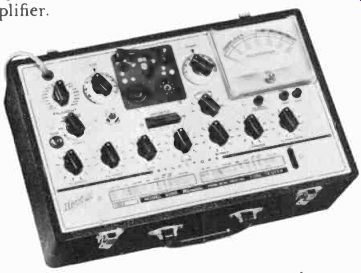
Fig.
1208. A transconductance type tube tester is essential for preventive maintenance.
(Hickok Electrical Instrument Co.)
In dealing with slowly varying voltages, common in industry, a response to dc is essential. Scopes with a dc amplifier tend to be more expensive, since extra care must be taken to avoid drift in the amplifier.
Careful consideration must be given to the type of scope which will be most useful. If you expect that most of your service work will be in the field, away from the shop, a small portable scope will be the easiest to work with. But the size is not necessarily the only criterion. If there is no high frequency equipment in the plant and no pulses for which the rise time is critical. a scope with response to dc will most likely be better.
For routine service on electronic equipment, scopes are used much as in communications work. The scope can also be used for such things as frequency measurement, tracing interference, indicating stage overloads (flattening of waveforms), picking up magnetic fields, etc. Measurements of phase shift, for example, will be required when dealing with thyratron circuits. Harmonics in power -line voltages can be caused by faulty transformer windings, and these can be discovered readily with a scope. Contact bounce of relays and internal combustion engine timing points can be shown on a scope. Ignition patterns, ignitron and thyratron conduction patterns, engine-pressure cycles, electric motor armature operation are some of the tests that can be made with the oscilloscope. There are many more. You will profit from using the scope and learning to interpret the various patterns and their meaning for circuits you must work with.
Special instruments
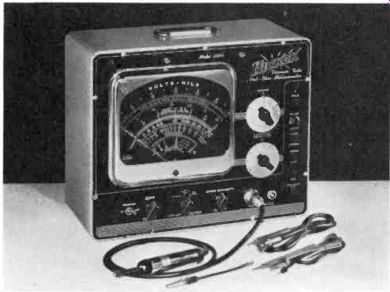
Fig. 1209. This medium-priced Morn will measure inductance, capacitance,
resistance as well as ac and dc voltages. (Hickok Electrical Instrument
Co.)
Industry is often concerned about the health and safety of the employees. Many times management will turn to the electronic technician when the required measurements involve electronic instruments. Thus, you may be expected to supply data with a sound -level meter, to establish whether sounds and noise in a plant are of a nature that could seriously affect health. One such instrument is shown in Fig. 1212. It is, of course, nothing more than a carefully calibrated microphone and a tunable amplifier to permit analysis of the sound frequencies.
To make sound -level measurements which are not as precise, but which would give a general indication of noise level (with out an attempt at frequency analysis), a microphone, amplifier and wattmeter may he used. The noise, being measured in decibels, is an additive function. Thus, you can measure an increase in relative noise level by making comparative measurements with the same volume-control setting on the amplifier, since a db difference at the input carries through as the same db difference at the output of the amplifier, provided the amplifier is reasonably linear and the total frequency content of the noises are similar. In one instance the monitoring of the average noise level in a plant has given warning that a machine was about to break down, but this is an individual case.
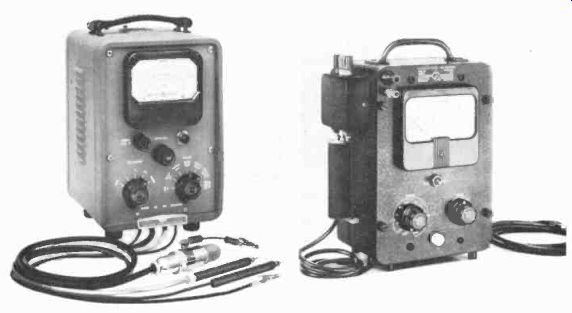
Fig. 1210. Laboratory vtvm (a) performs all the familiar functions with
greater accuracy while the unit at (b) only indicates voltage. (Hewlett-Packard
Co. and General Radio Co.)
Another health hazard that calls for electronic instrumentation is radiation, and as we progress in peaceful uses of atomic energy this will become more and more common. Fig. 1213 shows a kit type Geiger counter which would be sufficient for detecting health hazards. If continuous use of radioactive materials is contemplated, more sensitive instruments such as a scintillation counter may be needed. Radioactive poisoning is cumulative, and a very little above the background level can be tolerated for long periods.
Many publications are available which will give tentative safe limits, although even now there is a considerable difference of opinion in the matter.
Other special instruments which might be needed would include such items as frequency meters, when critical frequencies are needed for control systems (Fig. 1214) and in-circuit capacitor testers (Fig. 1215), both of which should be familiar to you from communications work.
Signal generators may be needed, depending on the kind of instrumentation and control devices used. For the calibration of transducers, precision bridges may be required. There are companies that specialize in renting accurate instruments for a moderate fee. Thus instruments needed infrequently might be rented.
The cost of rental must be balanced against the cost of purchasing and storing such an instrument. No generalizations can be made as to where the line should be drawn. This will depend entirely on the type of instrument involved and the expected frequency of use, as well as the initial cost compared to rental charge.
Service practice
Whether you are an employee or a contractor, proper organization of your work is required to do successful servicing.
Too much industrial service is on a catch-as-catch can basis--unfortunately.
To call a service technician only after a machine has broken down (or starts to turn out round nuts instead of square ones) is covering the well after the pig has fallen in. Many millions of dollars are lost annually because of lack of preventive maintenance. A machine that works 24 hours a day is going to show wear sooner or later. A control circuit which must operate 24 hours a day under a great variety of environmental conditions is just as likely to need attention, (the wider applications of static switching systems will help minimize this). Preventive maintenance may appear more expensive than repair, but when production is maintained trouble -free for long periods of time, the cost is more than offset.
The industrial service technician keeps odd hours. His best time to work is when no one else is around. When the plant is shut down he can make his routine checks without interfering with production. Sometimes these checks are possible only with the machine operating normally at full capacity.
He should also have a regular schedule for periodic inspections of plant equipment. Relays and contactors should be checked monthly. These should be checked for contact condition, collection of dirt, excess heating of coils and of the metal parts, corrosion on metal parts and terminals, proper contact pressures, excess slam of the armature, loose connections, wear or binding of the moving mechanical parts, excess arcing, noise and hum in the magnetic system, and condition of the oil in dashpots if any, oil leaks in these relays, etc.

Fig. 1211. Scope (a) built from kit can handle most industrial electronics
jobs. More expensive portable 3-inch scope (b) has wide range. (Heath
Co. and Tektronix, Inc.)
Motors and motor-operated devices must also be inspected, monthly at least. Excess heating, vibration and noise are again the most important clues. Dc motors should be inspected for arcing on the commutators. Bearing temperature is an important indication of belt tension. Static control devices should be kept clean, and monthly inspection should include the plug-in buses (look for gummy deposits), metal parts (corrosion) loose connections, etc. A dated record should be kept of the inspection and anything found in less than optimum condition should be noted so that the records may be referred to when trouble arises. This may help you locate its source much faster.
Many electronic devices should be similarly inspected periodically, and the rate of inspection will depend on duty cycles and the environmental conditions in the plant. For example, dry-disc rectifiers should be checked for overheating and for ventilation, high ambient temperature, corrosive atmosphere, etc. The large high-voltage capacitors often associated with them must be checked for moisture and dirt on the insulators, and signs of corrosion on the enclosures.
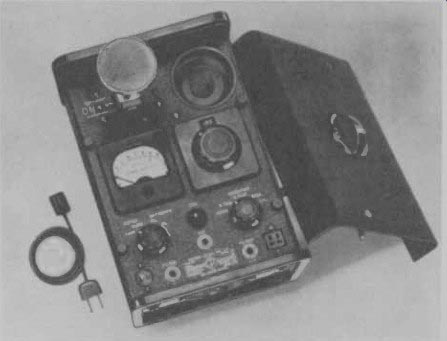
Fig. 1212. Sound-level meter is an accurately calibrated microphone and
amplifier. Some tests may be duplicated with a metered amplifier. (General
Radio Co.)
In many industrial situations there is more vibration than initially anticipated, and loose or broken wires, terminals, pigtails and even metal supports are a common source of trouble. Vibration will also reduce vacuum-tube life, particularly affecting the filaments. Mechanical vibration isolation mounts may be needed to correct excessive trouble. The electrical equivalent of vibration is fluctuating voltages. It also can drastically reduce tube life and may cause periodic malfunction which appears as an intermittent fault. Any circuits critical of voltage must have some sort of regulation. If it is not designed into the instrument, it may have to be provided externally from a constant-voltage transformer in the ac supply. A thorough check, preferably with a recording voltmeter, should be made for several days to determine line voltage conditions in the plant. If many heavy motors are started and stopped periodically, voltage fluctuation can be expected, no matter how well the electric power system has been designed. Consistently low voltage will not cause damage or wear, but may prevent proper functioning of the equipment. Consistently high line voltage carries its obvious penalty.
Trouble with mercury vapor tubes, such as refusal to fire, may not necessarily be circuit faults; low ambient temperature may be responsible, and some discharge tubes need light to operate marginally. On the other hand, too high an ambient temperature may cause arc -back in the tubes. Usually all equipment is protected by fuses, and much of it by time-delay relays, to allow heater warmup before plate voltages are applied. Such timers may be responsible for equipment failure. In general, troubleshooting should start with the simplest most likely cause of trouble. If there are repeated breakdowns of the same nature, the equipment is possibly being misused or conditions are not proper for the equipment.
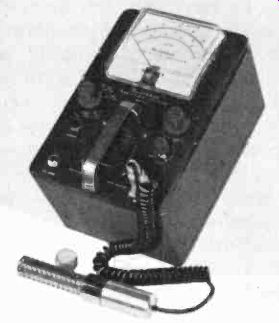
Fig. 1213. Radiological monitoring may be needed to protect personnel
from radioactive contamination. (Heath Co.)
Specific troubleshooting procedures will almost always be provided by the equipment manufacturer. These procedures have been carefully worked out. It is wise to follow the instructions provided, with, of course, modifications your own experience dictates. Most problems are not the result of errors or design errors in the equipment, but are due to environmental operating conditions, with dirt and moisture high on the top of the list.
Photoelectric types of equipment must be kept particularly clean for optimum functioning.
Safety
An aspect of service practice which is all too often ignored or treated with contempt, after a certain familiarity has been achieved, is safety. Most control equipment contains high voltages and, even though one may think he is immune to 110 volts dc because the last three times he was shocked by it, it did not kill him, the fourth time may be fatal. No individual reacts to electric shock the same way twice, even though the sensation may appear to be about the same. Conditions of the body change drastically, and an electric shock right after lunch is an entirely different thing than one right before quitting time, when the stomach is empty. Contrary to the popular belief that, after one has withstood an electric shock the danger is over, the body may show symptoms of a mysterious nature, sometimes hours, days or even weeks later.
Even mild electric shocks leave their mark. The entire human body functions as an electrochemical entity, and an electric shock momentarily interferes with body's signals to the nervous system.
A shock may also cause some extrastrenuous muscle contractions.
If the muscles contracting happen to include some of the more delicate organs or glands of the body, the results may be drastic.
Such contractions have been strong enough in some cases to break bones.
Whenever you are working on equipment which can be turned on remotely, make certain the master switch is pulled, or that all the controls are locked in inoperative conditions, properly tagged with warning tags. If you have to work on hot equipment, and usually you will be sitting on concrete floors to do it, carry a rubber mat and rubber gloves to protect you against "moderate" voltage shocks-they too can kill. Take even greater precautions when working with high voltages.
Never take large (or even medium -size) capacitors for granted.
Always discharge them before touching their terminals. And never bypass or jam cabinet interlocks, at least until you are thoroughly familiar with the locations of the high -voltage terminals in the equipment. You will live longer.
Records and supplies
Equipment manuals should be organized and readily available.
But more than that, each manual should have a paste-in card or slip, which tells what modifications, part replacements or service work has been done and when. This will give you and any other technician a history of previous problems. A job well organized is easier to keep that way.
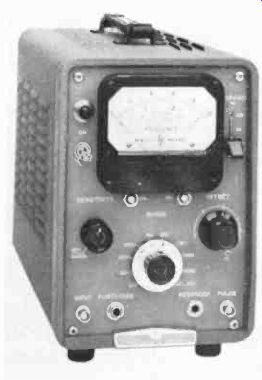
Fig. 1214. Direct-reading frequency meter needs no adjustment or interpolations
to determine frequency. Counters are also used for this type of measurement.
(Hewlett-Packard Co.)
In addition, you should have a log of routine maintenance work.
For the contract service technician this is doubly important as a record of his work and for billing. A duplicate should be provided for the customer's files. Such record keeping will help pre-, vent disputes, and if they occur you will have definite information on which to base any claim or defense.
Inventories must be taken, and it is often a good idea, to include with the test equipment its condition, particularly if it has been shelved for a good part of the year. Many a technician has discovered a piece of useful equipment this way because the records had not been accurately kept. Instruments are valuable and must he treated and stored accordingly.
The storage of replacement parts must be well organized. When you need a part, you need it quickly. How the parts storage is organized depends on the equipment you service. For a great variety, with few parts in common, it would be better to store the spares for each separately, and properly labeled. If there are many parts in common, spare -parts storage can be drastically reduced, and parts stored on a per-item basis. But in any case, keep a record of parts used, and set up some routine for reordering. Parts which are subject to deterioration, such as electrolytic capacitors and batteries, should be stocked only in minimum quantities. These are items which can be quickly purchased.
A well organized stock room and service area is an asset when the work load gets heavy.
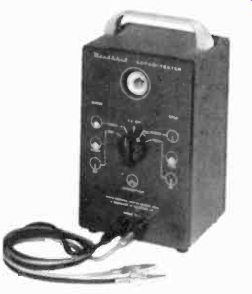
Fig. 1215. This in-circuit capacitor checker only indicates open or shorted
conditions. Actual capacitance and leakage valves are not normally indicated
as such. (Heath Co.)
Conclusion
This volume has attempted to present to you a representative selection of industrial applications which are different from the run-of-the-mill communications applications. To do the subject complete justice, we would need at least a half dozen volumes, each in its own area of industrial practices.
Today the majority of industrial electronic technicians are employed by the manufacturers of the equipment. The time is not far off when the installations will be spread over such tremendous territories that manufacturers service organizations may become unwieldy, and a liability rather than an asset. With automation growing daily, the need for technicians who understand this particular branch of electronics is going to grow indefinitely. You can grow with the field, and make this a highly satisfactory occupation, as well as a profitable one.